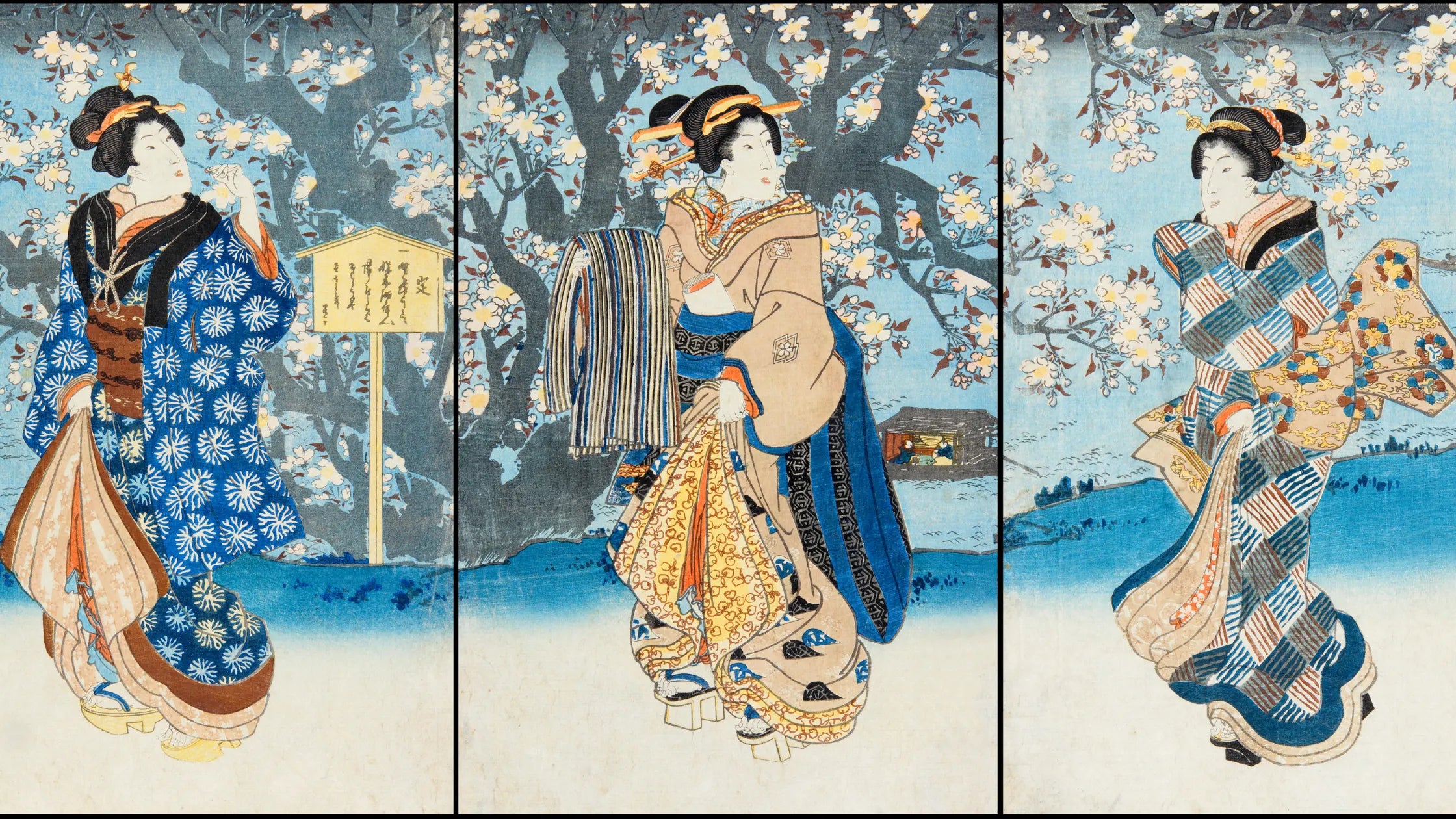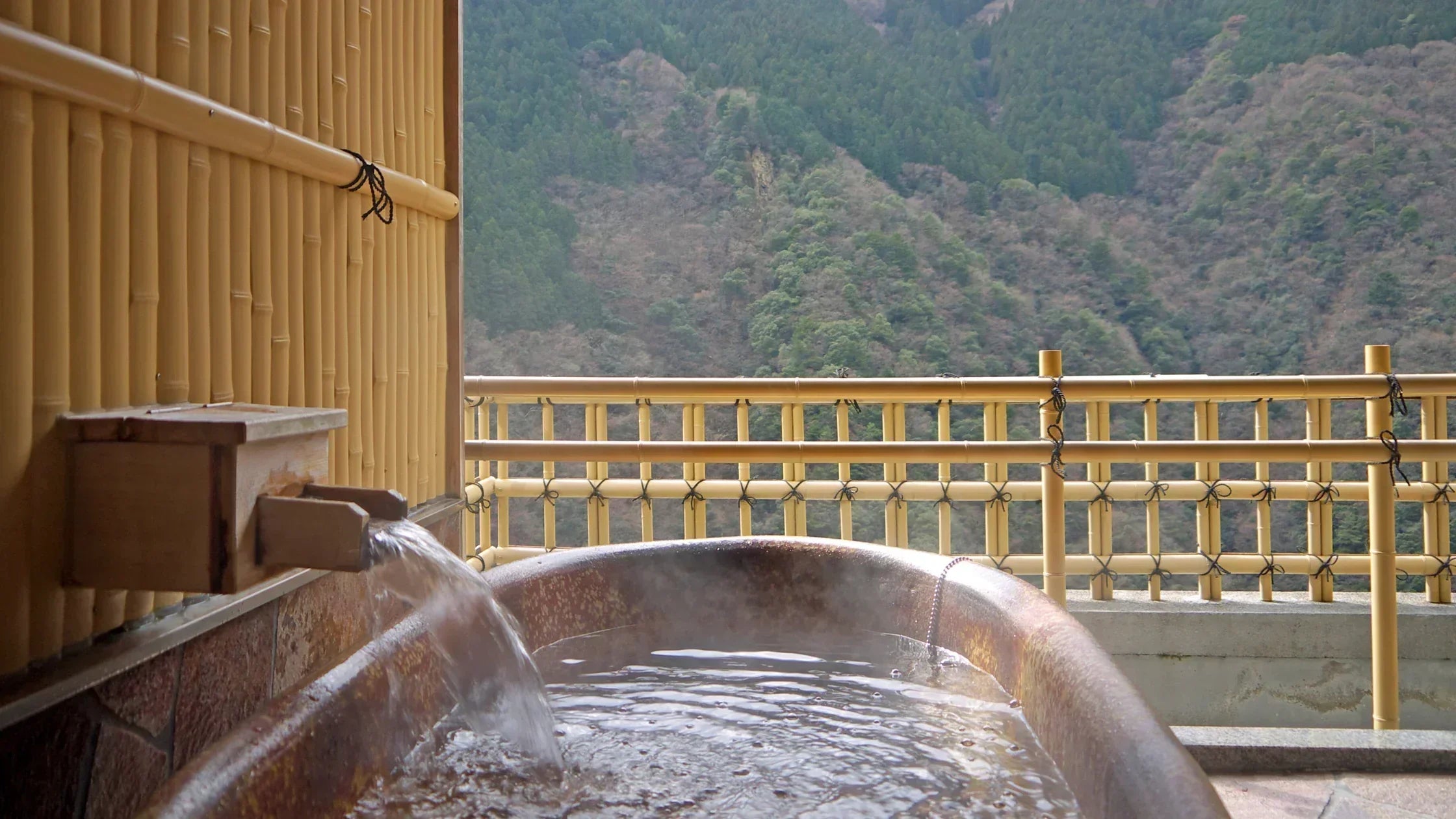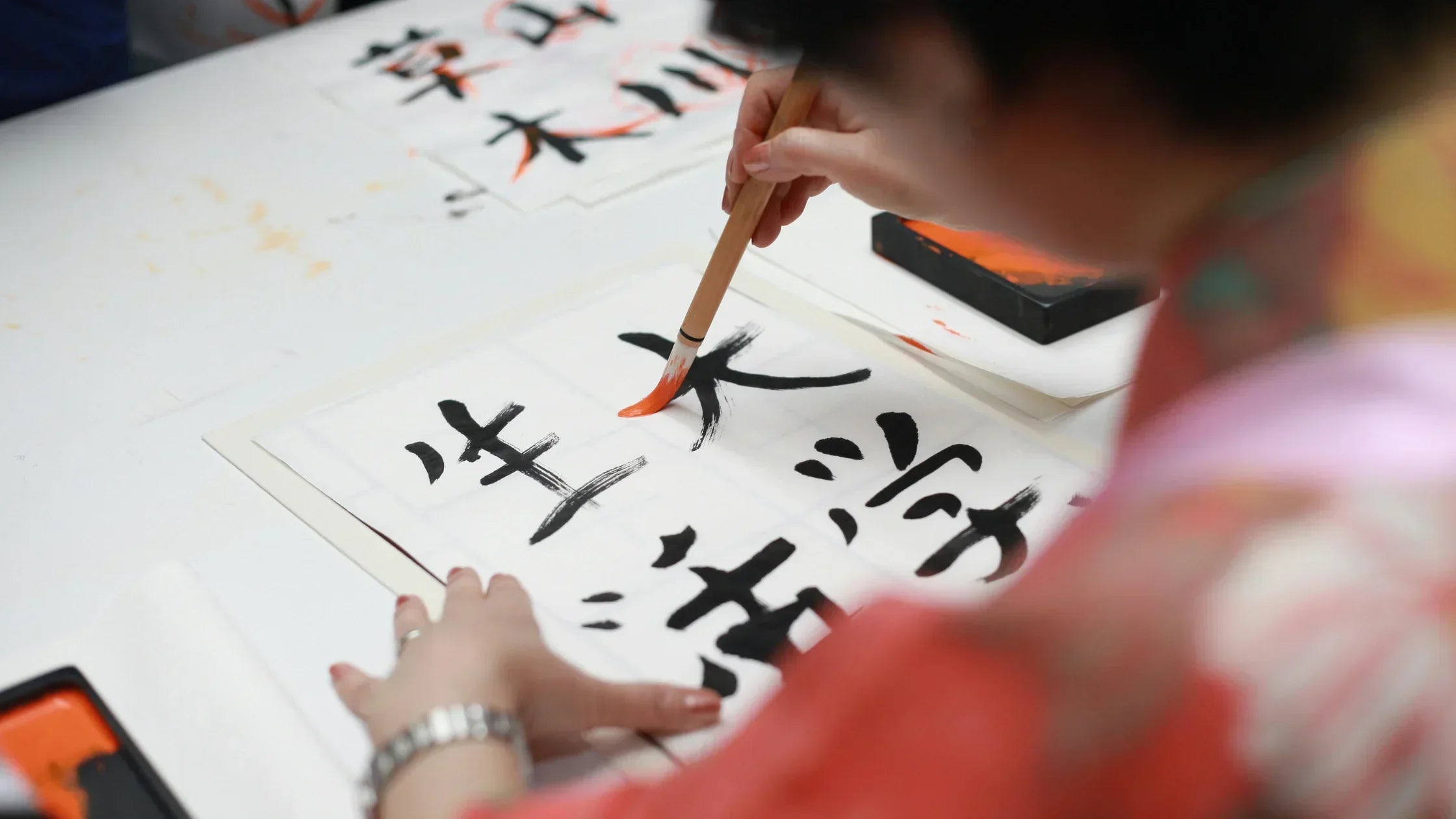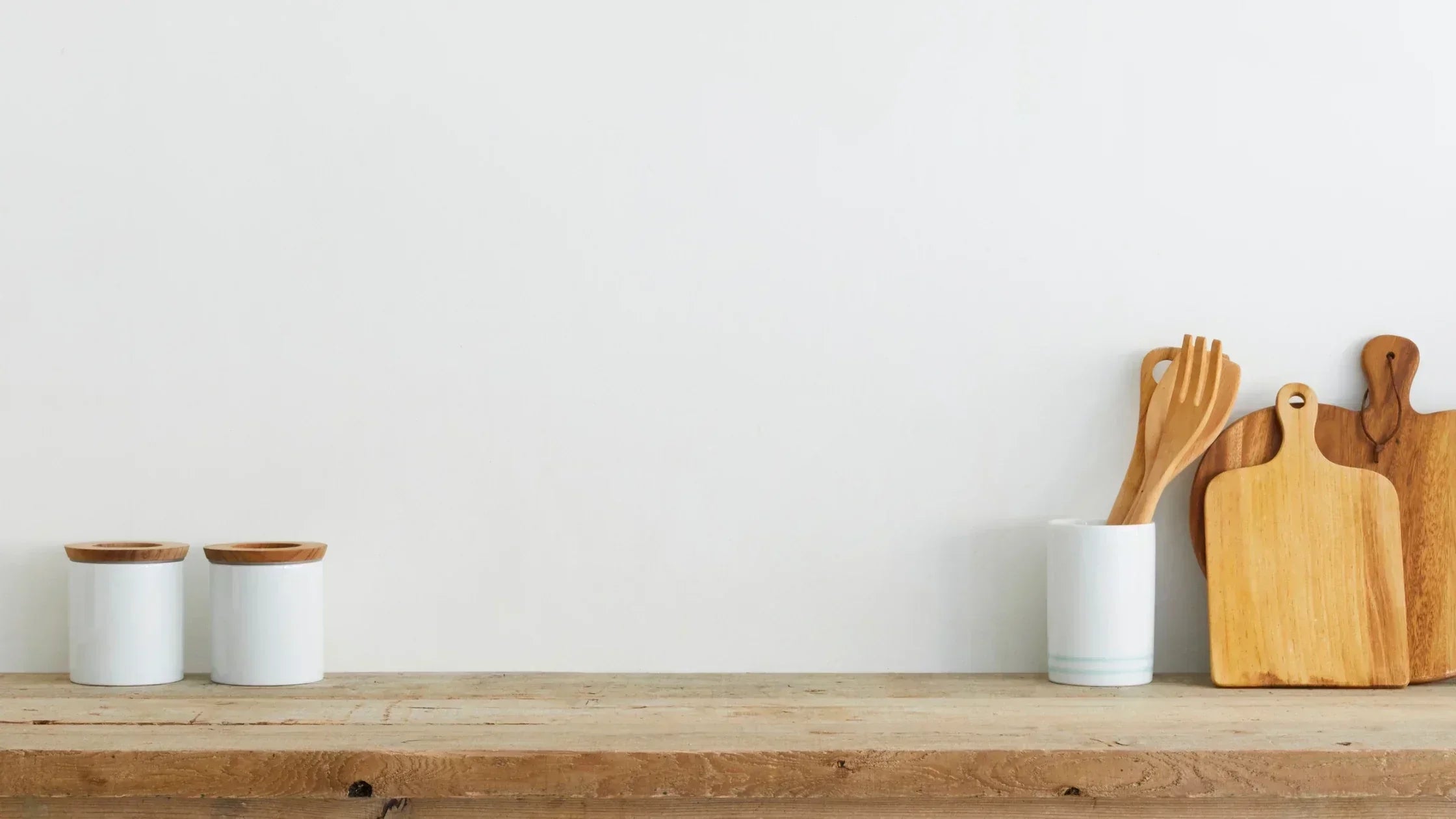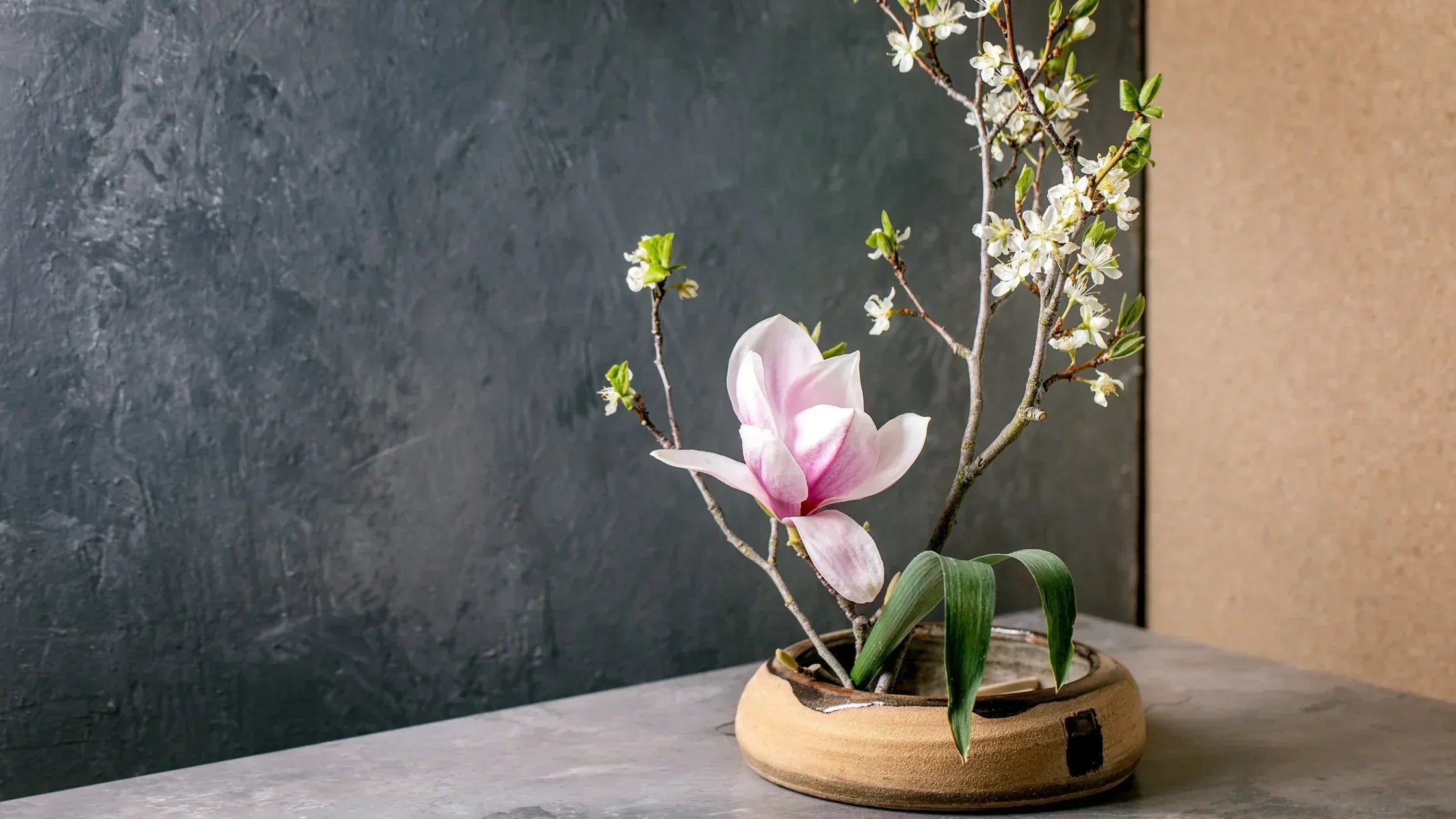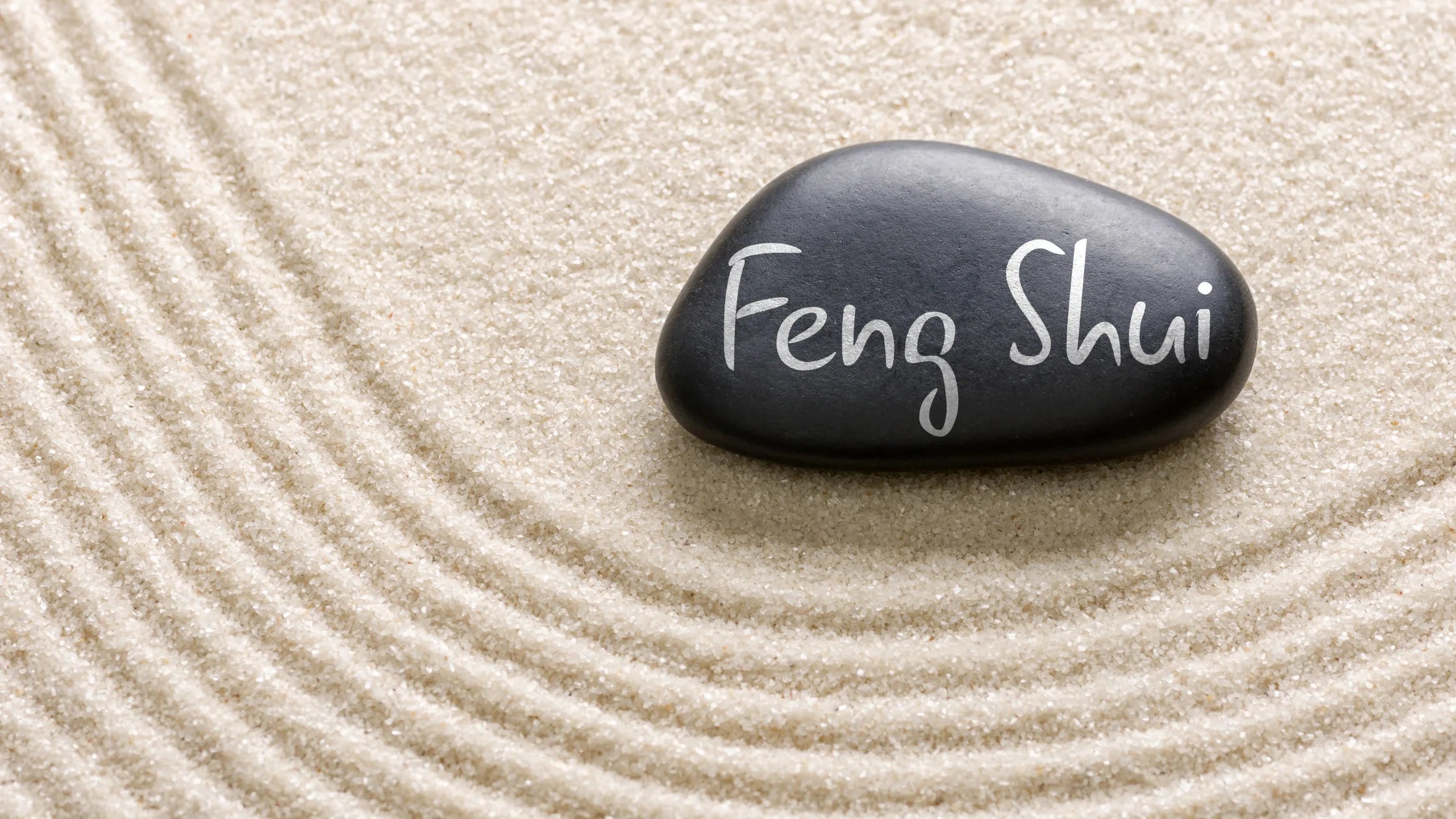Seasonal Japanese Décor Ideas for Winter
Winter in Japan has this quiet, magical vibe. Think snow-dusted temples, steaming mugs of tea, and soft lighting that makes everything feel calm and cozy. Bringing some seasonal Japanese décor into your winter home isn’t just about looking pretty—it’s about creating a space that feels warm, peaceful, and a little bit mindful.
Japanese interiors have a way of blending simplicity with comfort. Inspired by traditions like wabi-sabi, minimalist Japanese design, and a close connection to nature, Japanese winter décor focuses on warmth without being cluttered. Here’s how you can bring that same feeling into your home.
5 Ways to Display Japanese Artwork in Your Home
Japanese artwork has a quiet way of transforming a space. It doesn’t shout for attention, but once it’s there, everything feels more intentional. Whether it’s a classic ukiyo-e woodblock print, a soft ink painting, or modern Japanese wall art, the right display can make your home feel calm, curated, and effortlessly stylish.
If you collect Japanese home decor or are just starting to explore it, here are five simple, beautiful ways to display Japanese artwork in your home—without overthinking it.
Exploring Japanese Onsen Culture: Relaxation at Home
If you’ve ever watched a travel show about Japan or scrolled past photos of steamy outdoor baths tucked into the mountains, you’ve probably felt that little spark of envy—why can’t I be there right now? Japanese onsen culture is famous for its healing hot springs, peaceful atmosphere, and the way it makes you forget the world for a while. But here’s the good news: you don’t need a plane ticket to experience that dreamy onsen feeling. With a few thoughtful touches, you can turn your own bathroom into a cozy, nature-inspired retreat.
This guide breaks down what makes Japanese hot springs so special and how to recreate that calm, grounded, deeply relaxing vibe right at home—perfect for anyone who loves boutique Japanese home goods and wants to bring a little more serenity into everyday life.
Seasonal Japanese Décor Ideas for Autumn
Autumn in Japan is truly something special. The air cools down, the leaves turn those gorgeous momiji reds and golds, and the whole season just feels warm, calm, and intentional. If you're looking for Japanese décor ideas to bring that same cozy, seasonal vibe into your home, autumn is the perfect time to refresh your space.
Whether you love classic Japanese interior design, minimalist touches, or handcrafted artisanal pieces, here are some easy, beautiful ways to bring a little Japanese autumn magic indoors.
A Guide to Japanese Calligraphy: Tools and Techniques
If you’ve ever admired the clean, effortless beauty of handwritten Japanese characters—or seen a piece of calligraphy framed in a minimalist home and thought Wow, that looks peaceful—you’re already feeling the pull of shodō, or Japanese calligraphy.
Shodō is one of those timeless Japanese arts that blends simplicity, craftsmanship, and intention. Whether you’re into slow living, mindful routines, or beautifully made tools, calligraphy offers a calming ritual that fits right into a carefully curated home or workspace.
In this guide, we’ll break down the essential tools, brush techniques, and a few tips to help you get started. Think of it as your friendly intro to a craft that’s been loved for centuries—no pressure, no perfection required.
Japanese Summer Traditions to Bring Into Your Home
If you’ve ever spent summer in Japan, you know it’s something special — the air hums with cicadas, streets glow with lanterns, and the sound of glass wind chimes drifts through the evening breeze. There’s a kind of calm, poetic rhythm to Japanese summer traditions that makes even the hottest days feel peaceful.
The good news? You don’t have to hop on a plane to experience that. With a few thoughtful touches, you can bring the relaxing, nostalgic vibe of summer in Japan right into your home. Whether you love Japanese home décor, minimal design, or simply want a fresh seasonal feel, here are a few timeless traditions that blend beauty, function, and that oh-so-cool Japanese aesthetic.
How to Build a Japanese Capsule Kitchen: Minimalist and Efficient Small Kitchen Design
If your kitchen is overflowing with gadgets you barely use or utensils you forgot you even owned, a Japanese capsule kitchen might be exactly what you need. Inspired by Japan’s minimalist lifestyle and small-space living, this type of kitchen is all about keeping things simple, functional, and beautiful. Think of it as a kitchen version of a capsule wardrobe: only the essentials, everything in its place, and every item doing double duty.
Whether you live in a cozy apartment or just want to simplify your cooking space, building a Japanese capsule kitchen is about creating a kitchen that feels calm, organized, and a joy to cook in.
Creating Seasonal Centrepieces with Japanese Flair
If you love switching up your home décor with the seasons, you already know that the right centerpiece can completely change the mood of a room. Whether it’s a dining table, a coffee table, or even a sideboard, a well-chosen arrangement pulls everything together.
But instead of piling on flowers and candles the usual way, why not take inspiration from Japanese design? The Japanese approach to floral art, called ikebana, is all about simplicity, balance, and letting natural beauty shine. The result? Seasonal centerpieces with Japanese flair that feel both calming and striking—perfect for a boutique-style home where every detail counts.
The Importance of Harmony: Feng Shui Tips from Japan
Life moves fast. Your home shouldn’t.
That’s why so many people are turning to Feng Shui and Japanese design principles to create a space that feels calm, balanced, and just plain good to be in. While Feng Shui started in China, Japan has taken those ideas and blended them beautifully with Zen philosophy, wabi-sabi, and a love for minimalist living.
The result? Homes that feel like a deep exhale the second you walk in the door.
If you’ve ever stepped into a traditional Japanese home or boutique-style space, you’ve probably noticed how everything feels intentional—soft lighting, natural textures, a sense of airiness. None of that is accidental. Let’s explore how you can bring a little of that Japanese Feng Shui magic into your own home.



